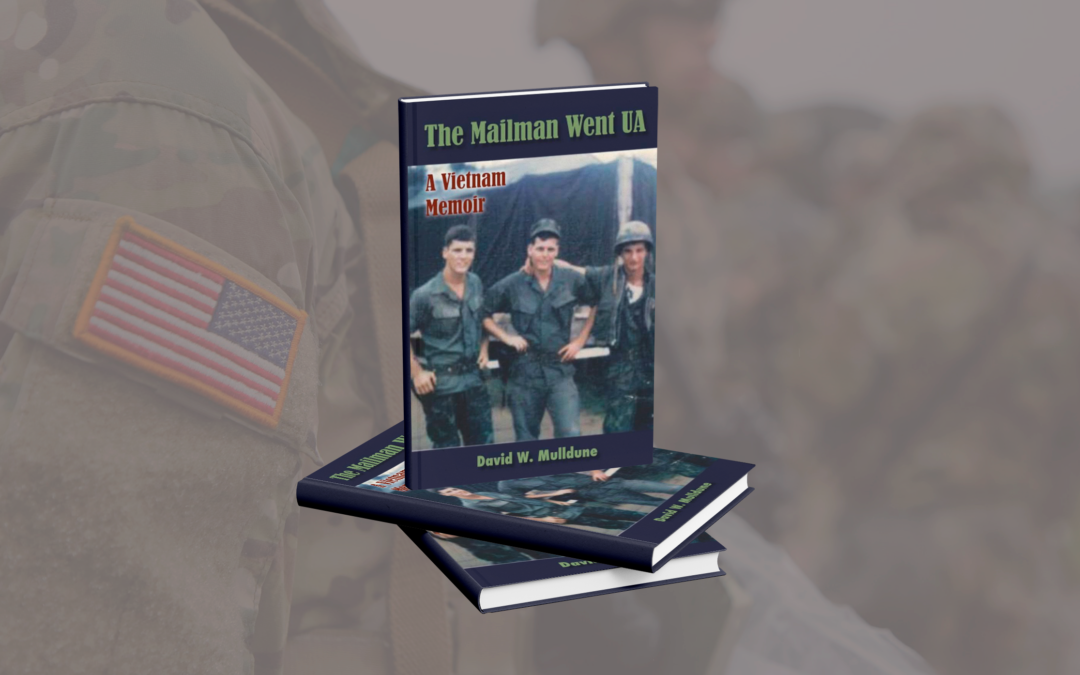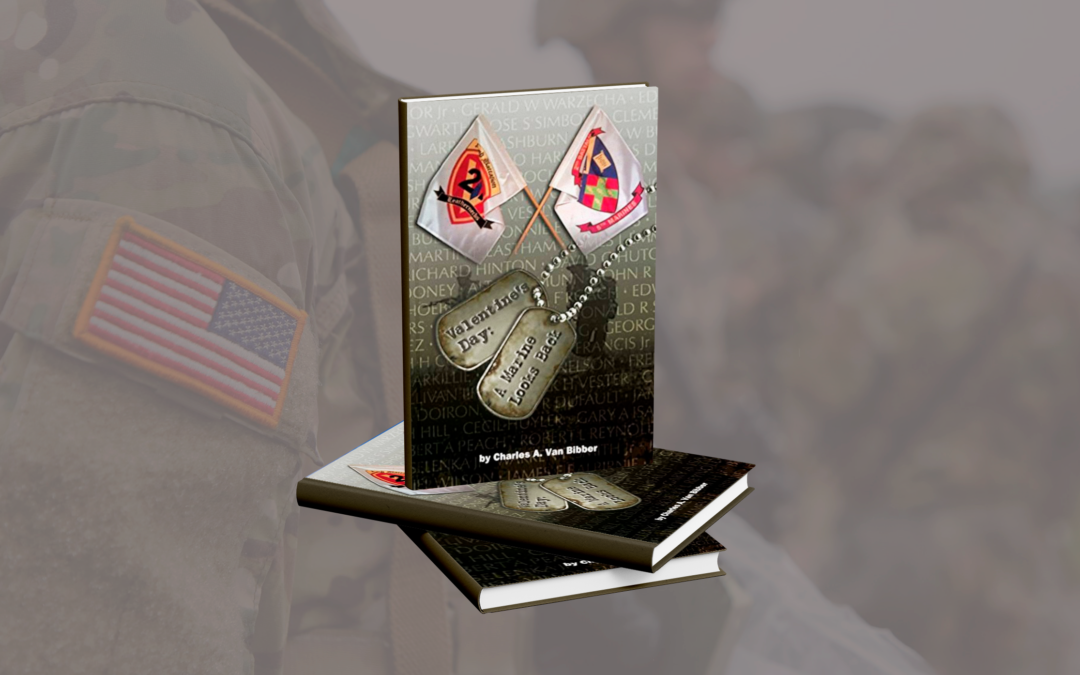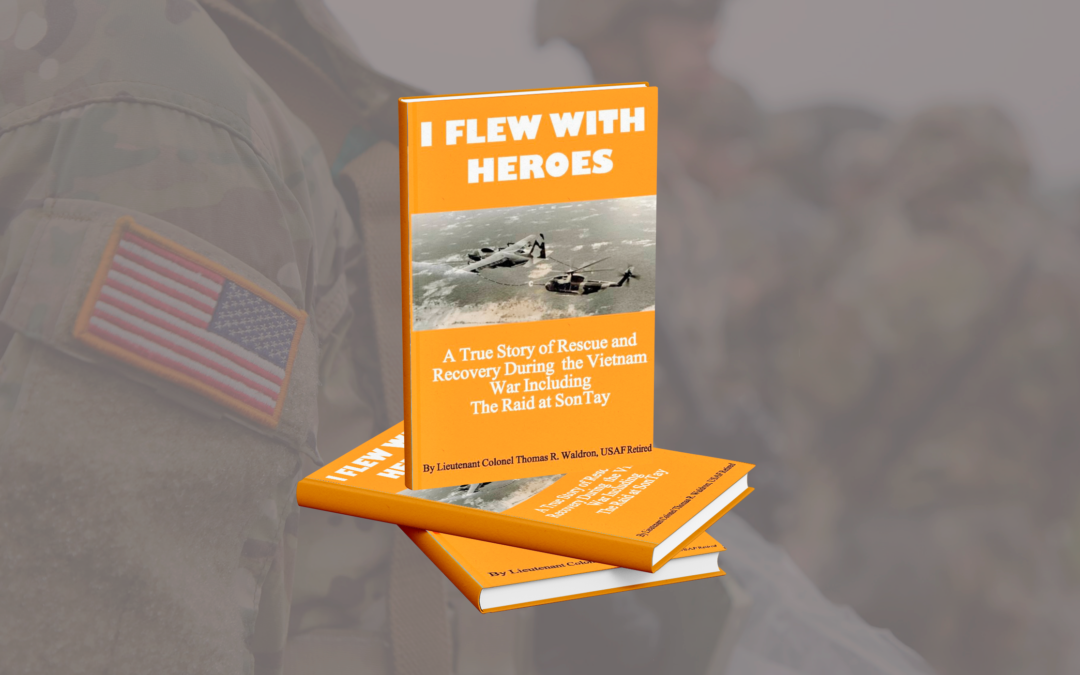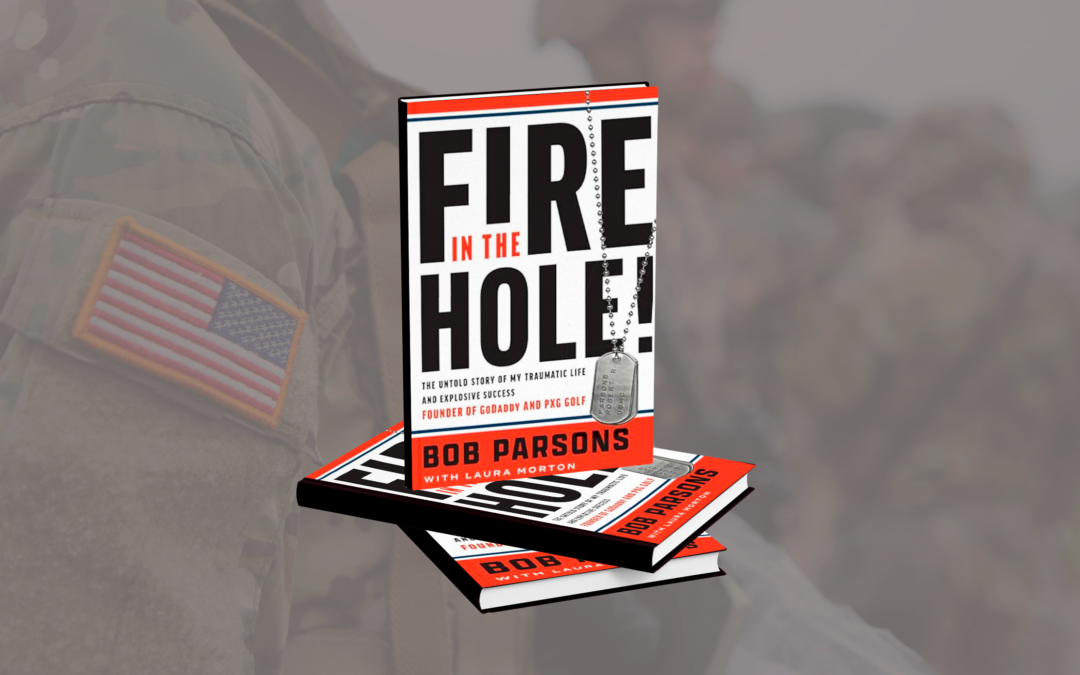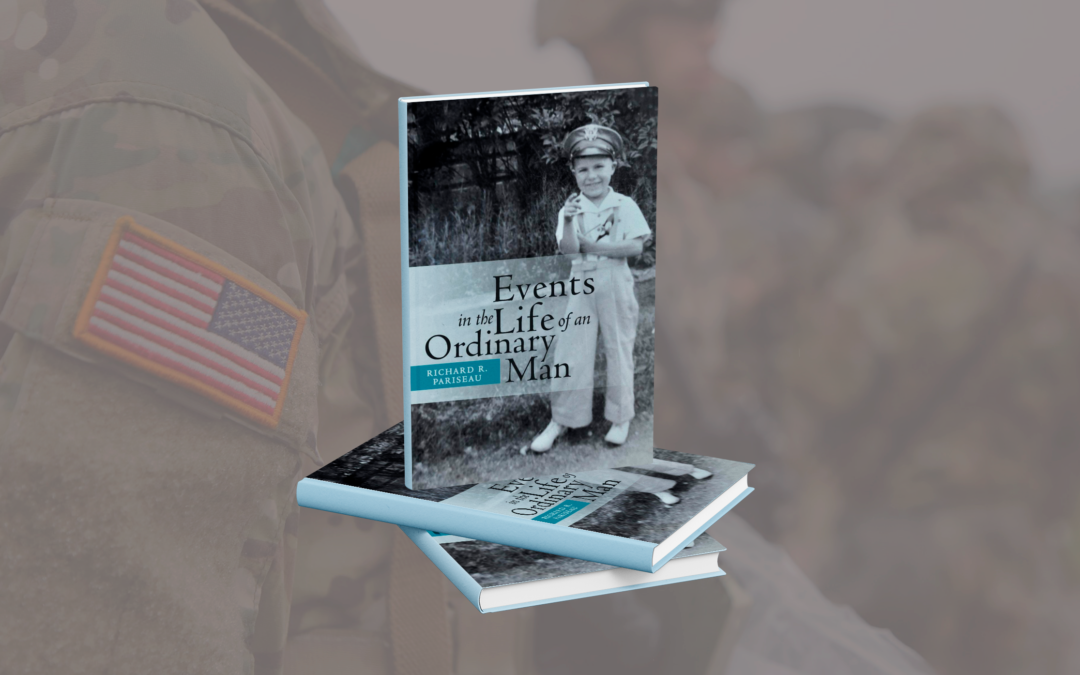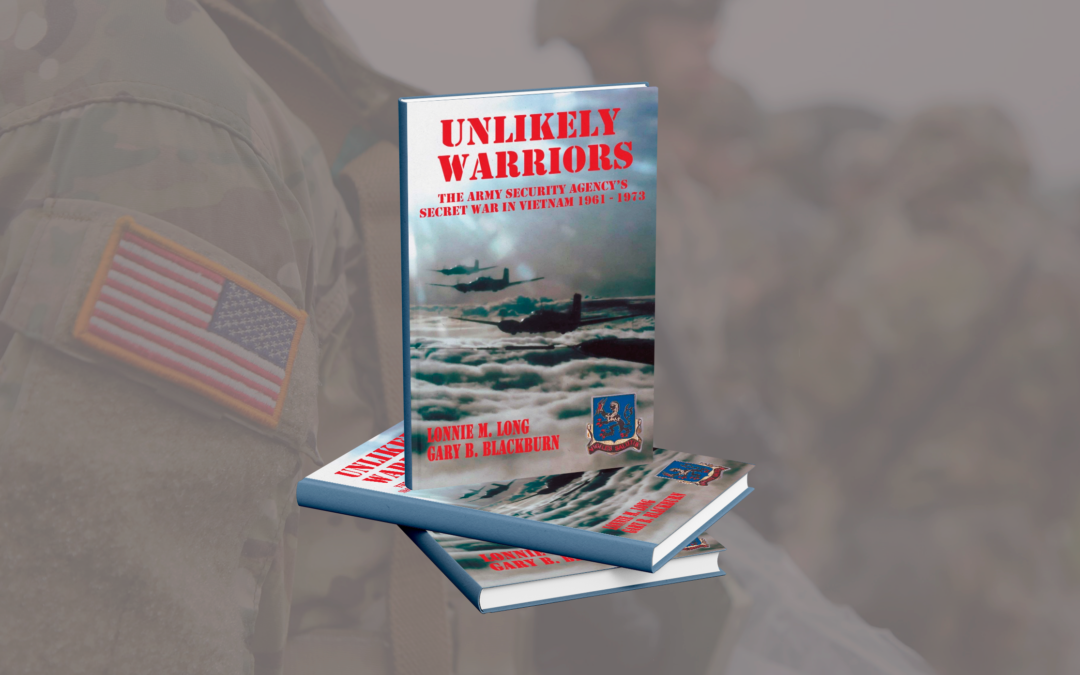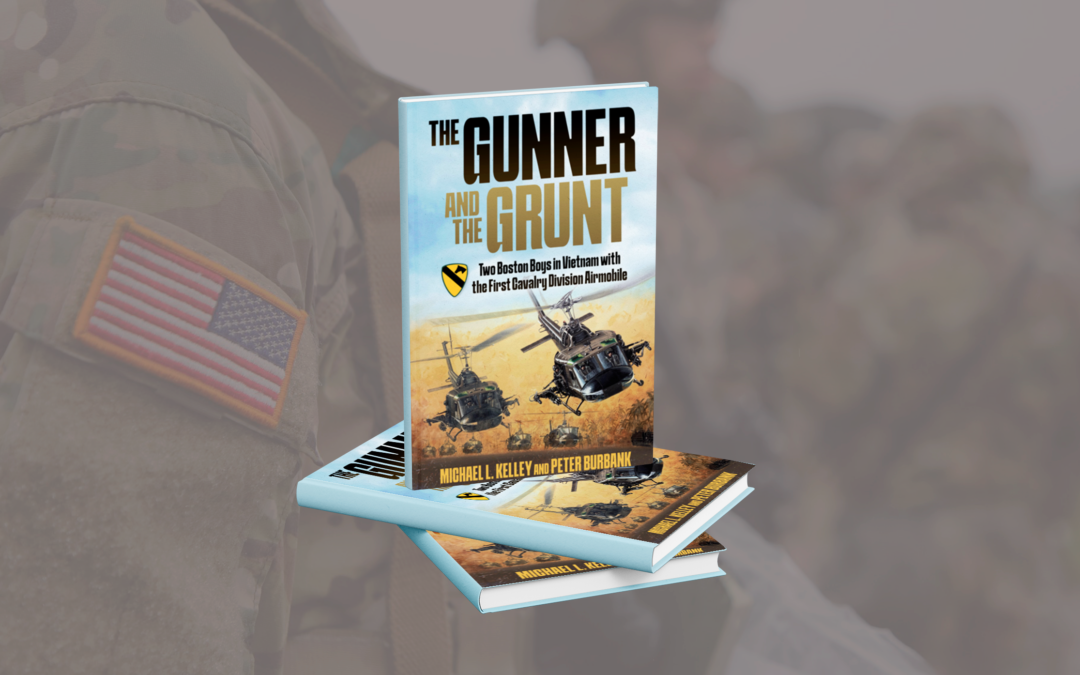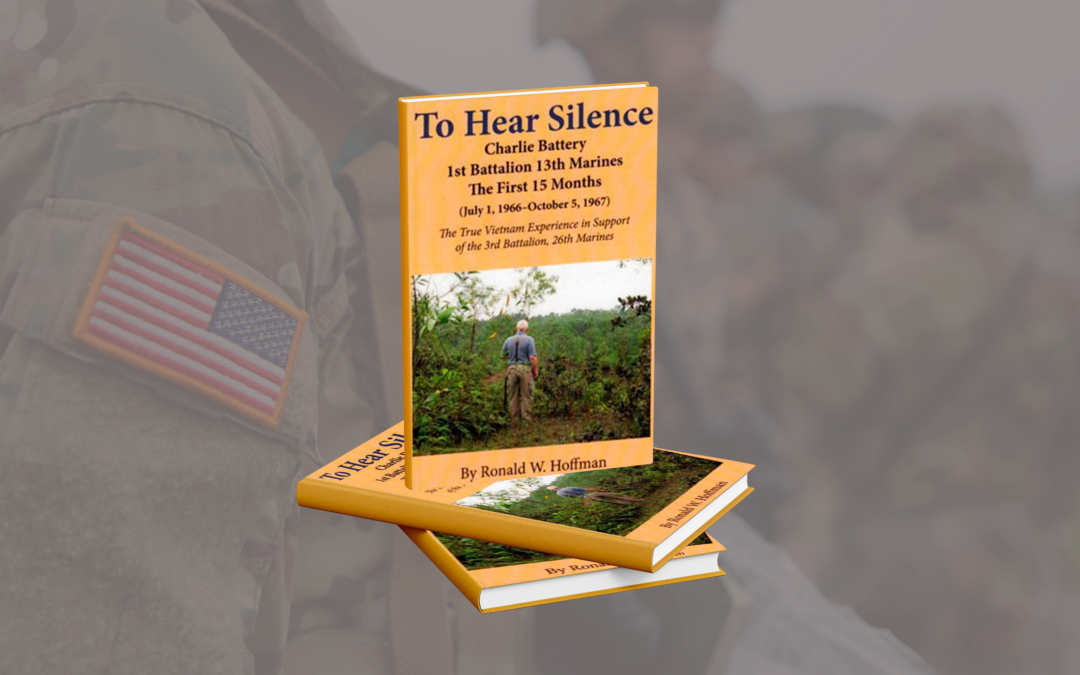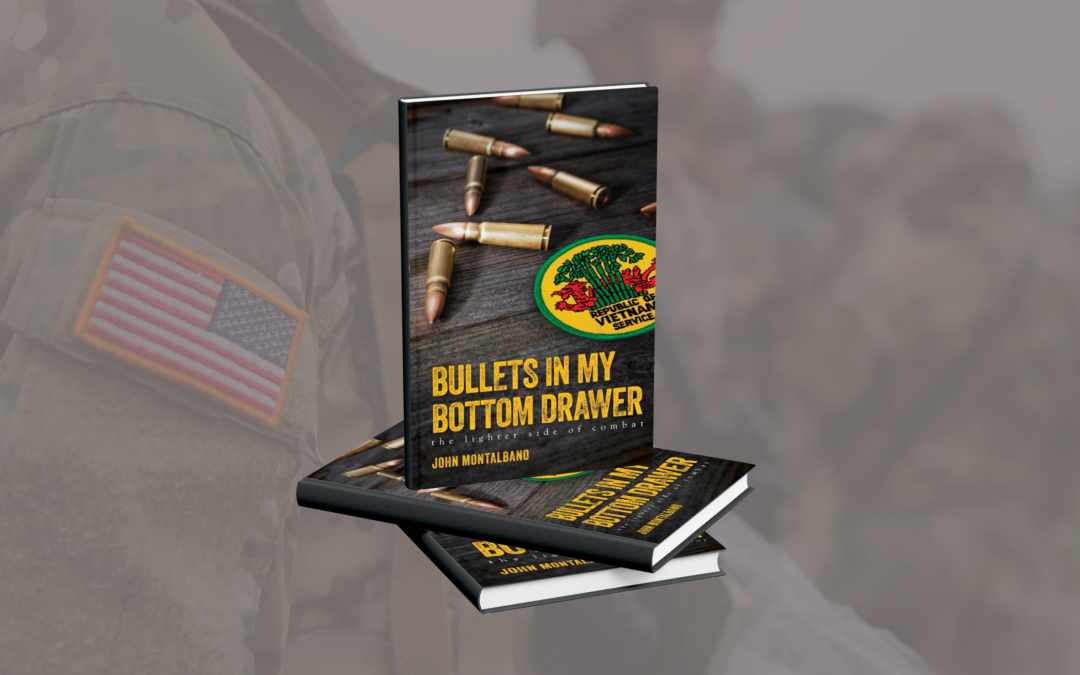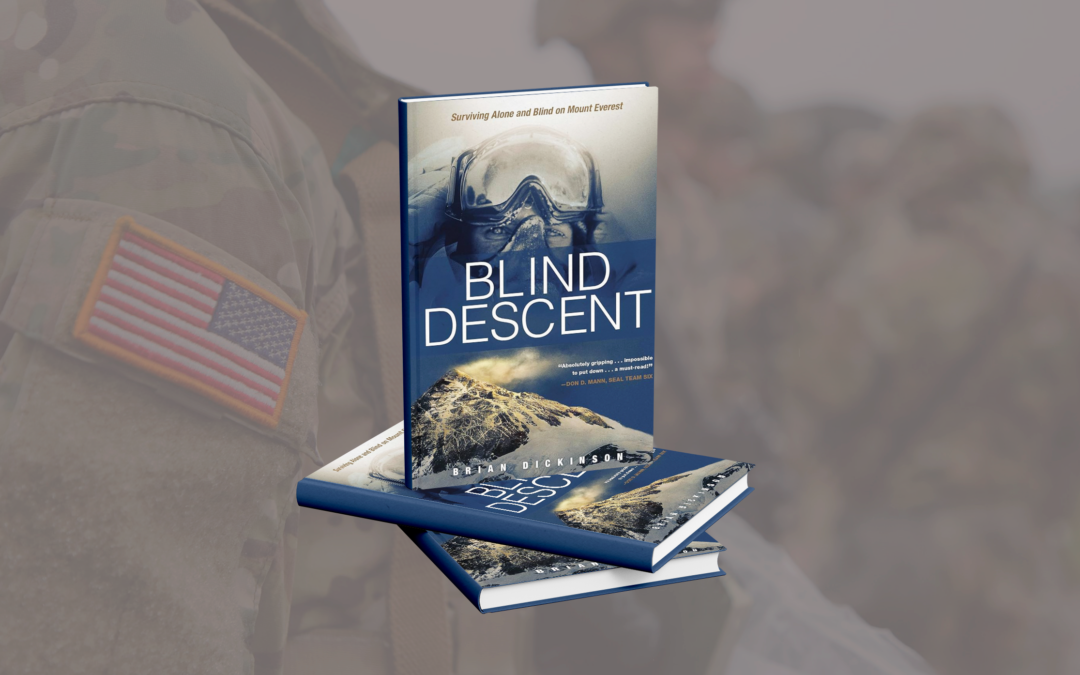The year 2025 will see a lot of retrospective looks at the Vietnam War, as the United States’ involvement began in 1965 (or 1955, depending on who you ask) and officially ended with the 1975 Fall of Saigon. The best retrospectives anyone could possibly read are the no-holds-barred accounts of the war from those who were there, on the ground, doing the job. And few Vietnam memoirs are as poignant and honest as David Mulldune’s “The Mailman Went UA.”
